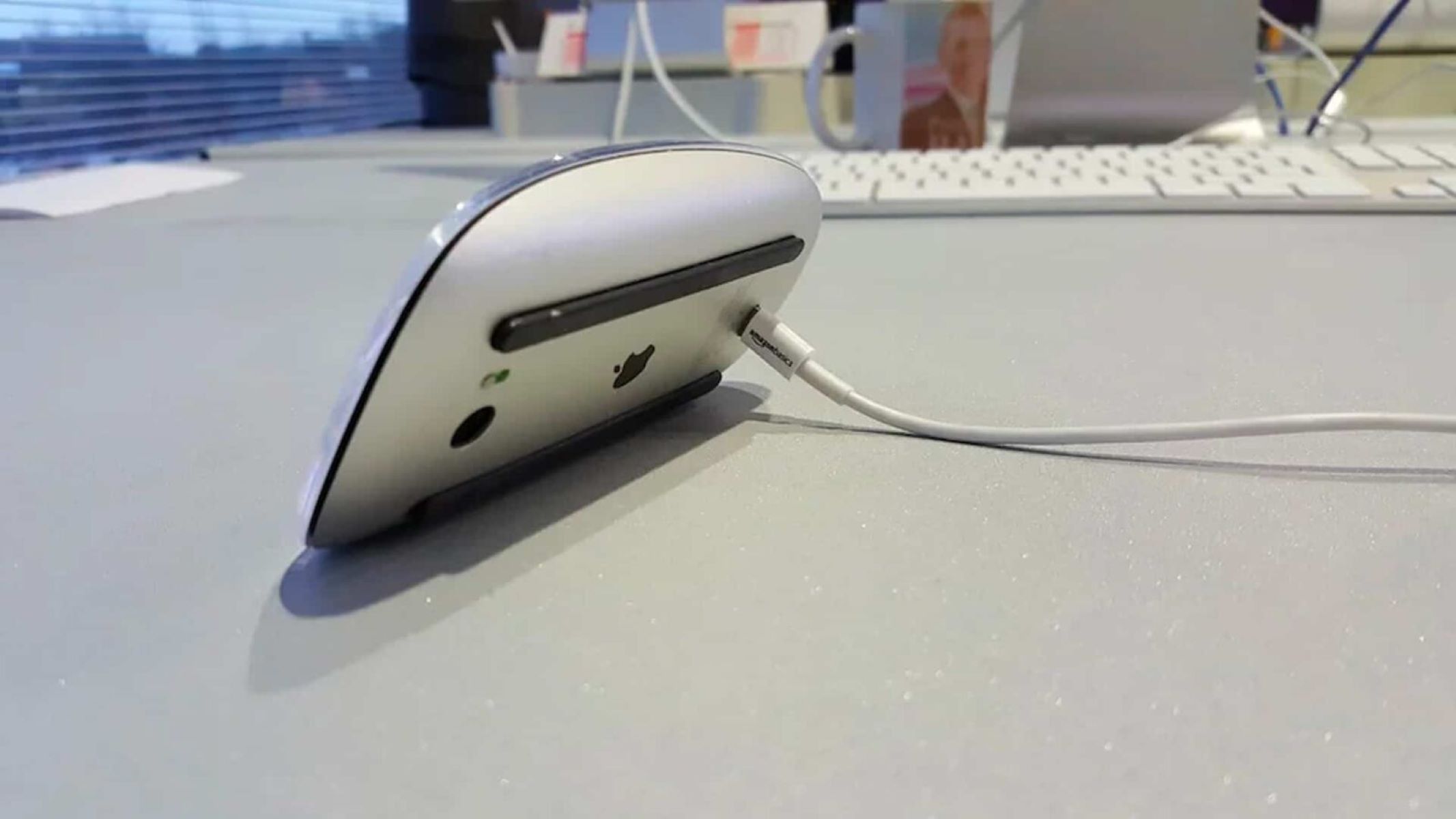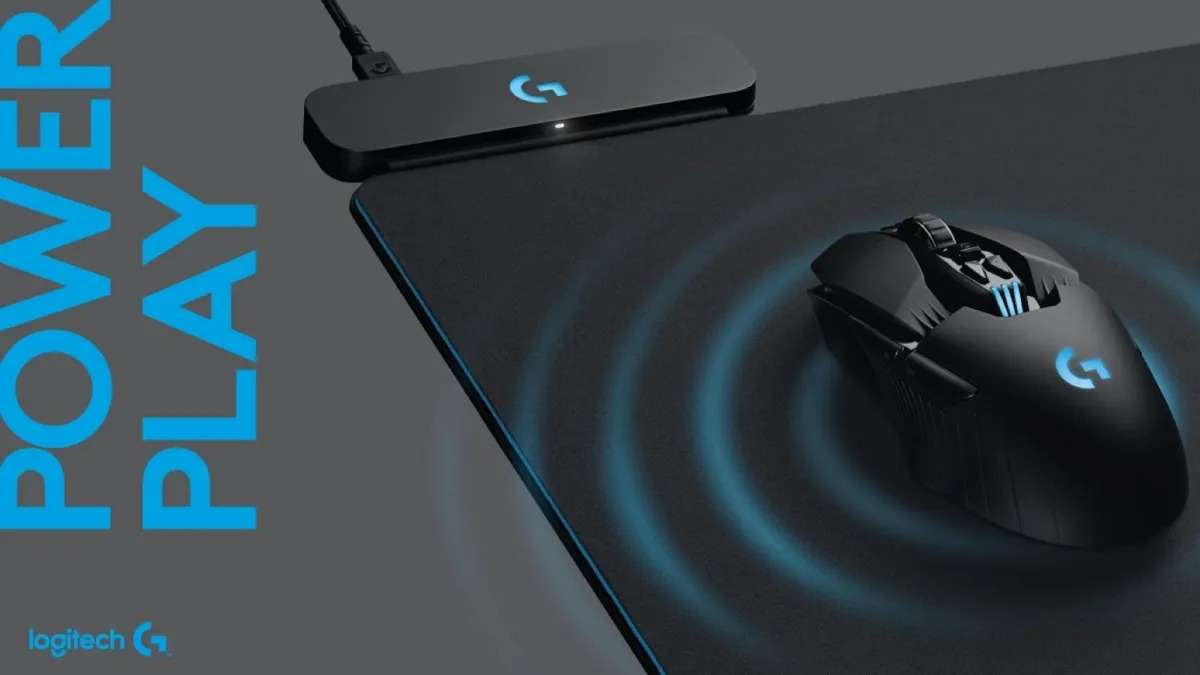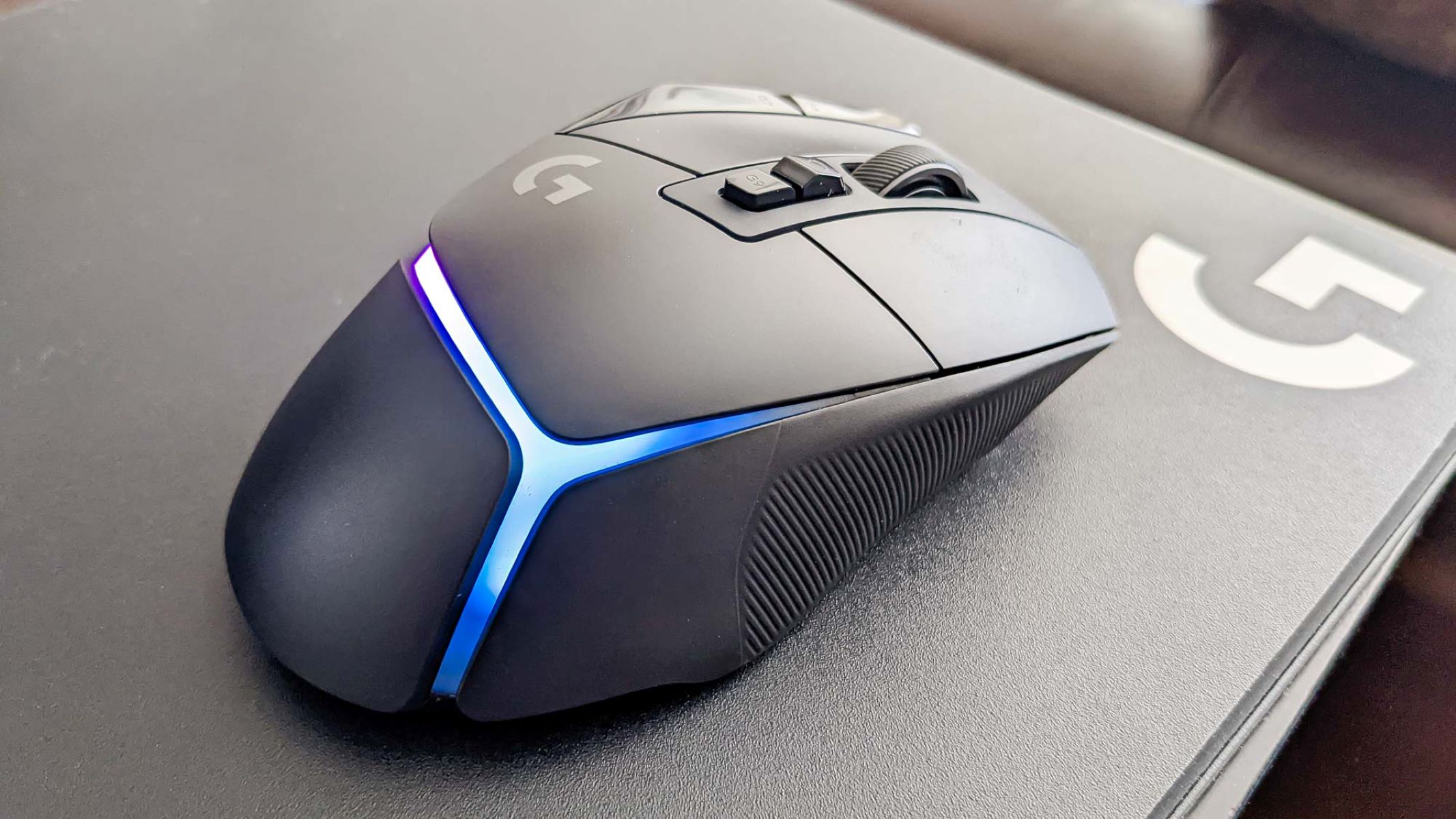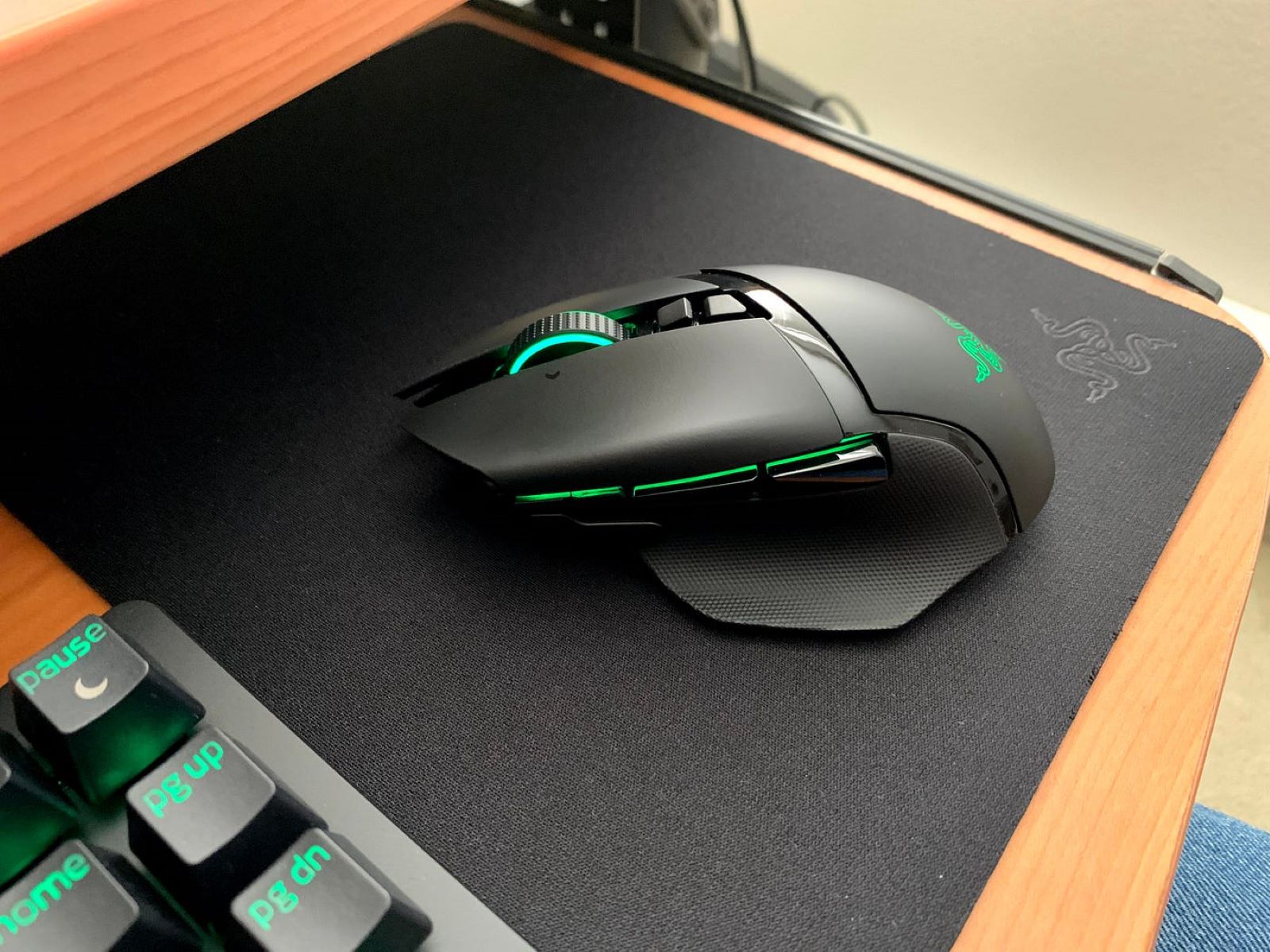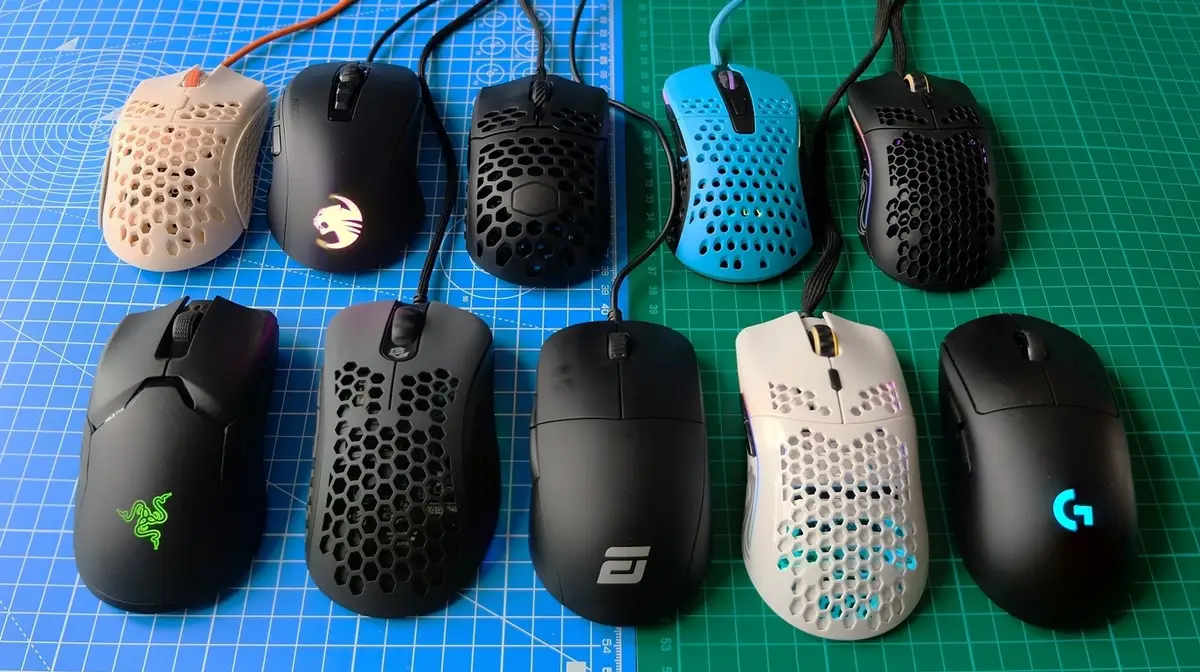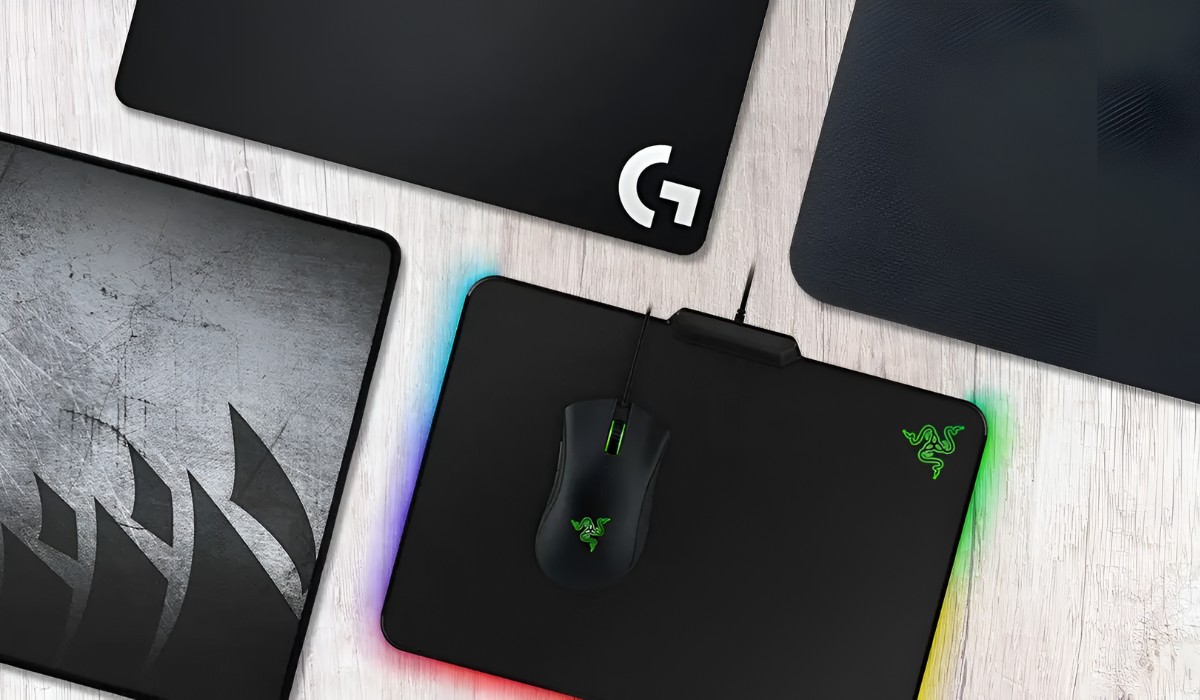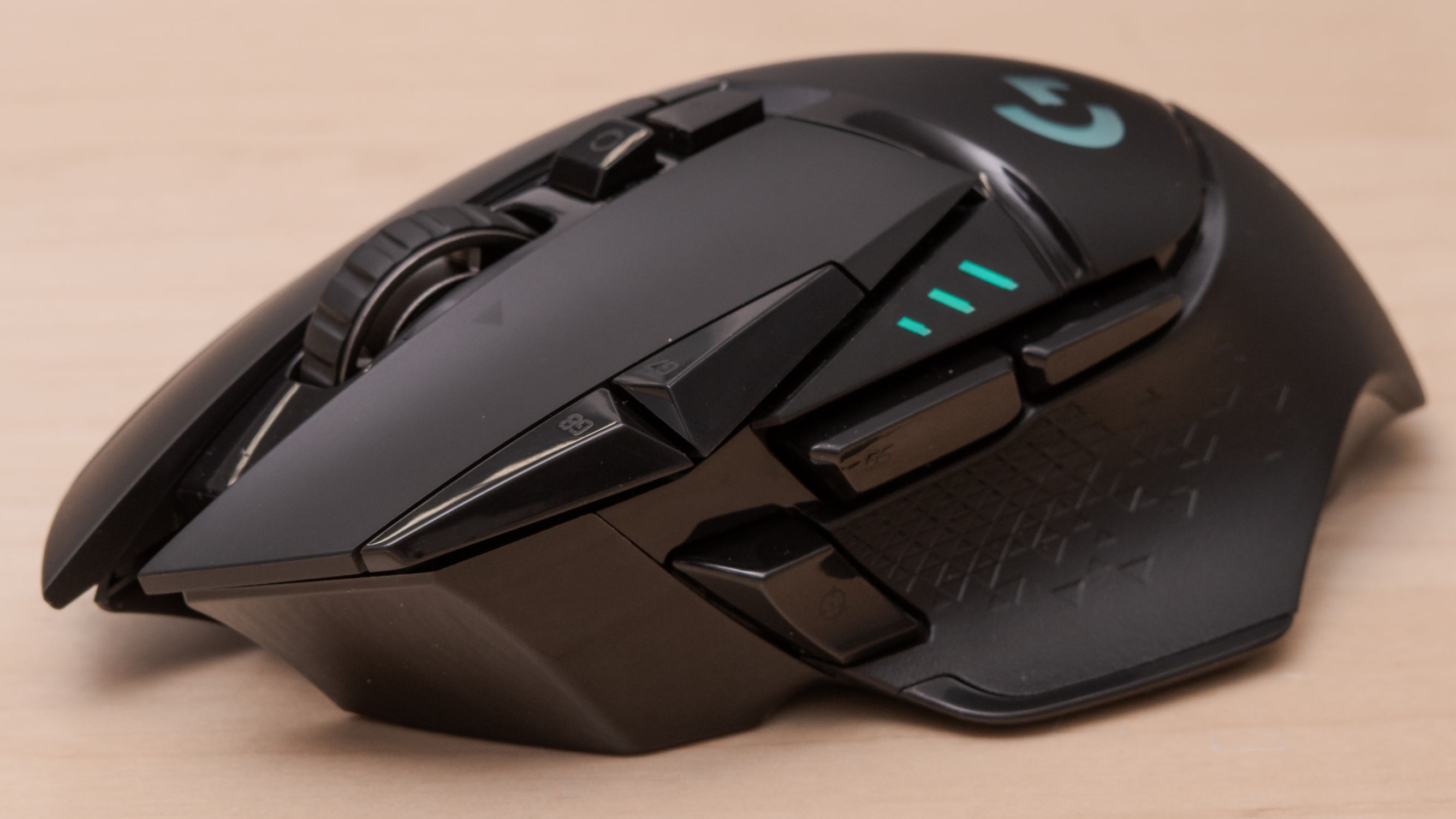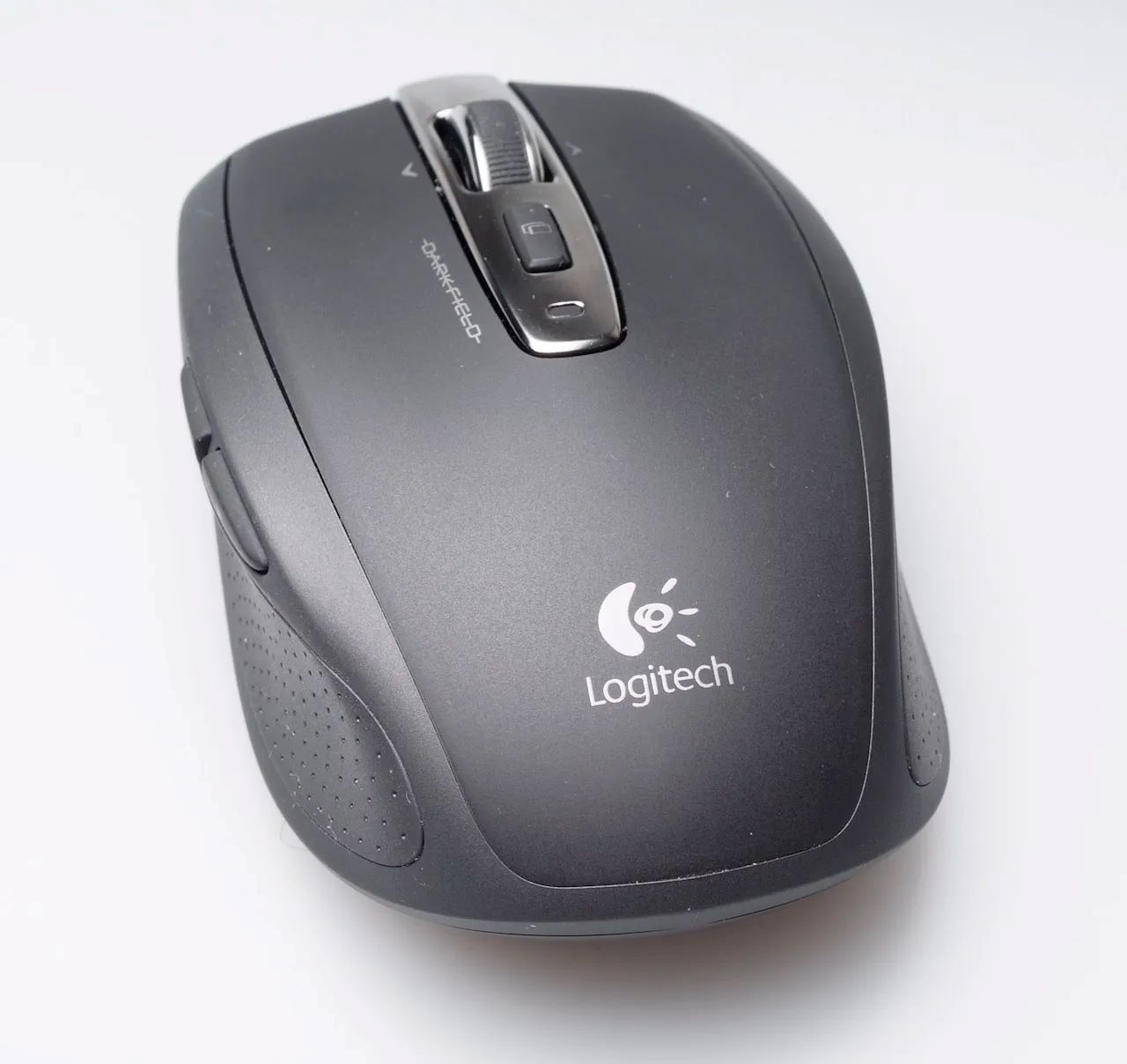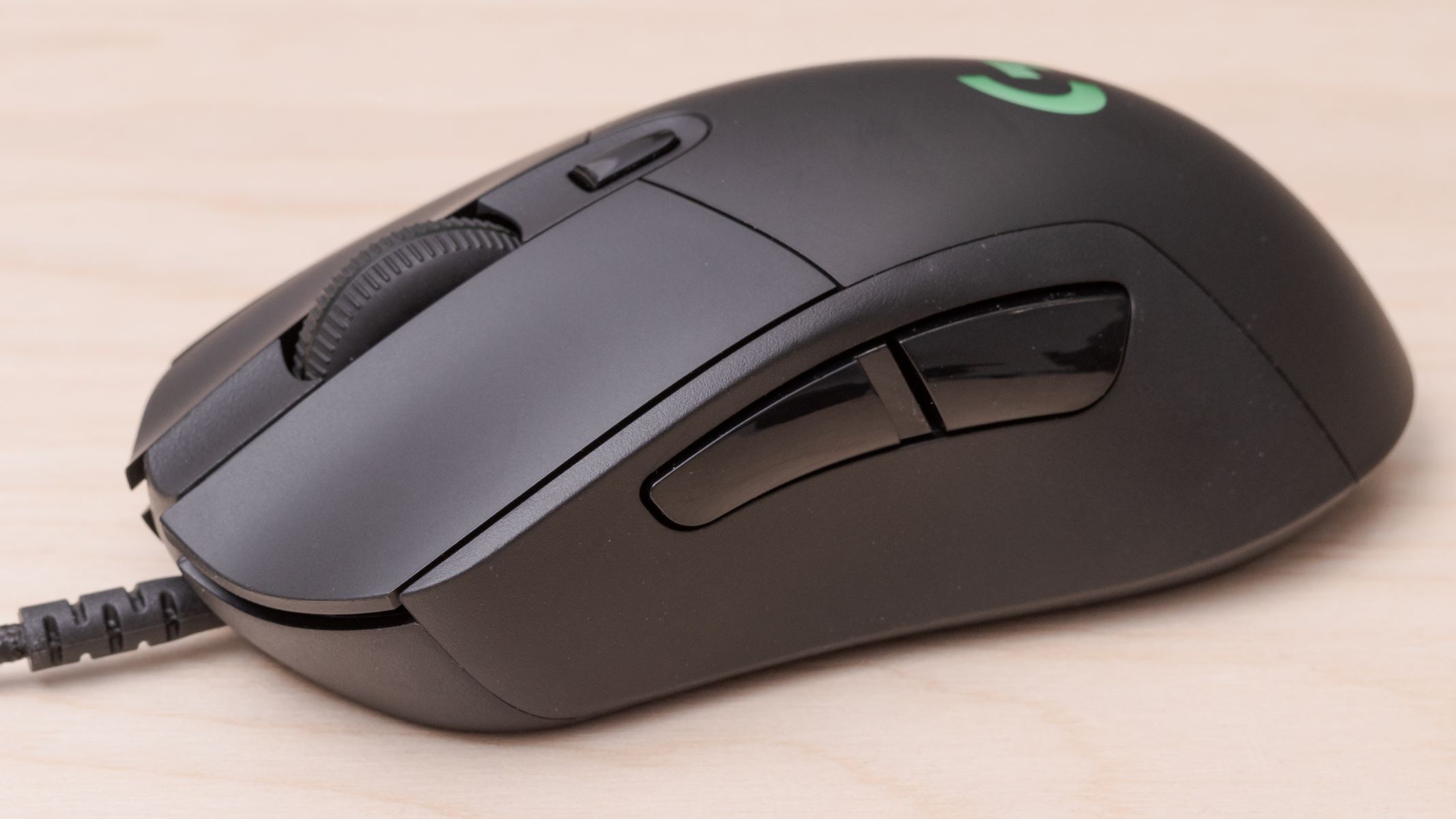Why Wireless Mice Need to be Charged
Wireless mice have become increasingly popular due to their convenience and flexibility. Unlike traditional wired mice, wireless mice do not require a physical connection to the computer or laptop. Instead, they use radio frequency or Bluetooth technology to transmit signals to the computer, allowing for greater mobility and freedom of movement.
However, this freedom comes at a cost – wireless mice need to be charged regularly. Unlike their wired counterparts that draw power directly from the computer, wireless mice rely on internal batteries to function. These batteries provide the necessary power for the mouse to transmit signals and perform its various functions.
Wireless mice use different types of batteries, including disposable batteries and rechargeable batteries. Disposable batteries are typically more affordable and accessible, but they need to be replaced once they run out of power. On the other hand, rechargeable batteries can be reused multiple times, making them more cost-effective in the long run. However, they require regular charging to maintain their functionality.
Charging a wireless mouse is essential to ensure that it remains operational and responsive. If the battery level becomes too low, the mouse may suffer from decreased sensitivity, lag, or even complete failure to function. Regular charging helps to keep the battery at optimal levels, ensuring reliable and consistent performance.
It is important to note that the frequency of charging may vary depending on factors such as usage, battery capacity, and the type of wireless mouse. Some wireless mice can last for several weeks or even months on a single charge, while others may require more frequent charging.
Overall, wireless mice need to be charged to maintain their wireless functionality and avoid any disruptions in performance. In the next sections, we will explore different methods of charging wireless mice based on their respective charging capabilities.
Different Types of Wireless Mouse Charging
When it comes to charging a wireless mouse, there are several methods available, depending on the specific model and design. Understanding the different types of wireless mouse charging can help you determine the most suitable option for your device. Here are the three main types of wireless mouse charging:
- USB Cable Charging: Many wireless mice come with a built-in micro USB port, allowing them to be charged using a standard USB cable. Simply connect one end of the cable to the mouse and the other end to a USB port on your computer or a compatible charger. This method is straightforward and widely used, as it enables you to charge the mouse while you’re working or when the computer is not in use.
- Docking Station Charging: Some wireless mice come with a dedicated docking station that acts as a charging base. The docking station is connected to a power source, and the mouse is placed on the dock when it needs to be charged. This method offers a convenient and efficient way to charge the mouse, as you don’t need to plug and unplug cables each time. Simply place the mouse on the dock, and it will charge automatically.
- Rechargeable Battery Charging: Certain wireless mice are powered by rechargeable batteries, eliminating the need for external charging methods. These mice usually come with a rechargeable battery pack that can be charged using a USB cable or a docking station. This type of charging is convenient as it allows you to charge the battery separately without having to connect the mouse to a power source. Once the battery is fully charged, you can insert it back into the mouse, and it will be ready to use.
It’s important to note that not all wireless mice are designed to be rechargeable or offer multiple charging options. Therefore, before purchasing a wireless mouse, make sure to check whether it requires traditional batteries or has built-in charging capabilities.
In the next sections, we will explore the charging process for each of these methods in more detail, providing you with a step-by-step guide on how to charge your wireless mouse effectively.
Check if Your Wireless Mouse has a Charging Port
Before you can start charging your wireless mouse, it’s important to determine whether your mouse has a charging port. Not all wireless mice are designed with built-in charging capabilities, so it’s crucial to check the specifications or user manual to confirm the charging method for your particular mouse.
Here are a few steps you can follow to check if your wireless mouse has a charging port:
- Inspect the mouse: Examine your wireless mouse carefully, paying attention to its shape and design. Look for any visible ports or connectors on the mouse’s body. Common charging port locations include the front, back, or underside of the mouse.
- Refer to the user manual: If you’re unsure about the location of the charging port or whether your mouse has one at all, consult the user manual that came with your mouse. The user manual should provide detailed instructions on the charging method and location.
- Check the specifications: If you no longer have the user manual or it doesn’t provide the necessary information, search for the model number of your mouse online. Look for the official product page or specifications document, which should outline the charging options available for your mouse.
- Search for online resources: In case the official documentation is not available or doesn’t provide the needed details, look for online forums, discussion boards, or review websites where users may have shared their experiences or insights regarding the charging options of your specific mouse model. Other users’ experiences can often be a valuable source of information.
If you have confirmed that your mouse has a charging port, you can proceed with the appropriate charging method as outlined in the user manual or the subsequent sections of this article. If your mouse does not have a charging port, it likely relies on traditional batteries. In such cases, you will need to replace the batteries according to the manufacturer’s recommendations.
By taking the time to check for a charging port, you ensure that you are following the correct method to recharge your wireless mouse, leading to a hassle-free charging experience.
The Charging Process for a Wireless Mouse with a USB Cable
For wireless mice that feature a charging port and are compatible with a USB cable, the charging process is relatively straightforward. Follow these steps to charge your wireless mouse using a USB cable:
- Locate the charging port: Identify the charging port on your wireless mouse. It is typically a small opening where the USB cable connects to the mouse. The charging port may be located on the front, back, or underside of the mouse, depending on the design.
- Connect the USB cable: Take one end of the USB cable, which is usually a standard USB-A connector, and plug it into an available USB port on your computer or a compatible USB charger. Take the other end, which is typically a micro USB or USB-C connector, and insert it into the charging port on your wireless mouse. Make sure the connection is secure.
- Check the charging indicator: Some wireless mice have a charging indicator, such as an LED light, to display the charging status. The indicator may change color or flash to indicate that the mouse is being charged. Refer to the user manual to understand the specific charging indicator for your mouse model.
- Allow the mouse to charge: Leave the mouse connected to the USB cable and the power source until it reaches a full charge. The charging time will vary depending on the mouse’s battery capacity and the power output of your computer or charger. It is recommended to let the mouse charge for several hours to ensure a complete charge.
- Disconnect the USB cable: Once the mouse is fully charged, carefully remove the USB cable from both the mouse and the power source. Ensure that you unplug the cable by holding the connector and not pulling on the cable itself to avoid any damage.
After disconnecting the USB cable, you can now use your wireless mouse wirelessly. Remember to periodically check the battery level and recharge the mouse when necessary to avoid any disruption in its performance.
Note that the specific steps and charging indicators may vary depending on the manufacturer and model of your wireless mouse. If you encounter any difficulties or have questions about the charging process, refer to the user manual or contact the manufacturer’s customer support for assistance.
The Charging Process for a Wireless Mouse with a Docking Station
If your wireless mouse comes with a docking station, charging your mouse becomes even more convenient. The following steps outline the charging process for a wireless mouse with a docking station:
- Locate the docking station: Identify the docking station that accompanies your wireless mouse. The docking station is typically a separate device that serves as the charging base for the mouse.
- Connect the docking station: Plug the docking station into a power source using the provided power adapter or cable. Make sure the docking station is placed on a stable surface and within a reasonable distance from your computer or workspace.
- Align the mouse on the docking station: Position your wireless mouse on the docking station in alignment with the charging connectors. The docking station usually has charging contacts that match with the mouse’s charging contacts.
- Ensure proper connection: Ensure that the mouse is securely attached to the docking station and that the charging contacts on both the mouse and the docking station are making proper contact. This ensures a stable charging connection.
- Observe the charging indicator: Many docking stations have a charging indicator, such as an LED light, that indicates the charging status of the mouse. The indicator may change color or light up to indicate that the mouse is being charged. Refer to the user manual for specific information on the charging indicator of your mouse’s docking station.
- Allow the mouse to charge: Keep the mouse on the docking station until it reaches a full charge. The charging time will depend on the mouse’s battery capacity and the power output provided by the docking station. It is recommended to allow the mouse to charge for several hours to ensure a complete charge.
- Remove the mouse from the docking station: Once the mouse is fully charged, carefully lift it off the docking station. Make sure to detach the mouse gently to avoid any damage to the charging contacts. The mouse is now ready for use.
The docking station provides a convenient and hassle-free way to charge your wireless mouse. By simply placing the mouse on the docking station, it will start charging, eliminating the need for cables and manual connections.
Remember to periodically check the battery level of your wireless mouse and place it back on the docking station for charging when needed. This will ensure that your mouse remains fully charged and ready for use whenever you need it.
If you encounter any difficulties or have questions about the use or charging process of your mouse’s docking station, refer to the user manual or contact the manufacturer’s customer support for further assistance.
The Charging Process for a Wireless Mouse with Rechargeable Batteries
If your wireless mouse is equipped with rechargeable batteries, the charging process can be slightly different. Follow these steps to effectively charge your wireless mouse with rechargeable batteries:
- Locate the battery compartment: Identify the battery compartment on your wireless mouse. The battery compartment is typically located on the underside of the mouse.
- Remove the batteries: Open the battery compartment and carefully remove the rechargeable batteries from the mouse. Make sure to handle the batteries with care and avoid touching the electronic contacts.
- Connect the batteries to the charger: Insert the rechargeable batteries into the appropriate slots of the battery charger provided. Ensure that the polarity is correct, aligning the positive and negative terminals of the batteries with the corresponding terminals on the charger.
- Plug in the charger: Connect the charger to a power source using the provided power adapter or cable. Make sure the charger is connected securely and that the power source is stable and compatible with the charger’s requirements.
- Observe the charging indicator: Most battery chargers have an indicator that displays the charging status of the batteries. The indicator may blink, change color, or remain solid to indicate the charging process. Refer to the charger’s user manual for specific information on the charging indicator.
- Allow the batteries to charge: Leave the rechargeable batteries in the charger until they are fully charged. The charging time will vary depending on the battery capacity and the charging speed of the charger. It is recommended to allow the batteries to charge for the recommended duration specified by the manufacturer.
- Remove the batteries from the charger: Once the batteries are fully charged, carefully detach them from the charger. Ensure that you handle the batteries properly and avoid any contact with the electronic contacts. Ensure that you follow the manufacturer’s recommendations regarding battery removal.
- Insert the fully charged batteries: Insert the fully charged batteries back into the battery compartment of your wireless mouse. Make sure to align the batteries correctly, matching the polarity indicated inside the compartment.
- Secure the battery compartment: Close the battery compartment securely to ensure that the batteries remain in place during use.
By following these steps, you can effectively charge the rechargeable batteries of your wireless mouse. Remember to periodically check the battery level and recharge the batteries when needed to maintain optimal performance.
If you have any questions or encounter any issues during the charging process, refer to the user manual or contact the manufacturer’s customer support for further assistance.
Tips to Extend the Battery Life of Your Wireless Mouse
Want to get the most out of your wireless mouse’s battery life? Follow these tips to extend its longevity and minimize the frequency of charging:
- Turn off the mouse when not in use: When you’re done using your wireless mouse, make sure to turn it off. Most wireless mice have a power switch or button that allows you to power it down and conserve battery life. This simple practice can significantly extend the time between charges.
- Adjust the mouse’s sleep settings: Many wireless mice have an automatic sleep mode that activates after a period of inactivity. Check the mouse’s settings or software for options to adjust the sleep timeout. Setting a shorter sleep timeout can help conserve battery power.
- Avoid using high DPI settings: Higher DPI (dots per inch) settings on your wireless mouse require more power to operate. Unless you require precise movements, consider using a lower DPI setting to conserve battery life.
- Reduce the mouse’s polling rate: The polling rate refers to how often the mouse reports its position to the computer. Lowering the polling rate can help save battery power. Adjust this setting through the mouse’s software or settings panel.
- Keep the mouse and receiver close together: Maintaining a shorter distance between your wireless mouse and its receiver can improve signal strength. This, in turn, reduces the power required by the mouse to transmit data, optimizing battery life.
- Use a mouse pad: Using a mouse pad not only provides a smooth surface for the mouse to glide on but also helps reduce the power needed for tracking. A mouse pad can contribute to extended battery life by minimizing the mouse’s workload.
- Remove obstructions: Clear the area around your mouse and its receiver from any obstructions that can interfere with the wireless connection. Objects like metal barriers or other electronic devices can weaken the signal and cause the mouse to consume more power to maintain a connection.
- Regularly clean the mouse: Dust and debris can interfere with the mouse’s movement, causing it to work harder and consume more power. Clean the mouse’s optical sensor and the bottom surface regularly to maintain smooth operation and optimize battery life.
- Use rechargeable batteries: If your wireless mouse allows it, consider using rechargeable batteries instead of disposable ones. Rechargeable batteries are more cost-effective in the long run and reduce waste. Make sure to follow proper charging practices and replace the batteries when needed.
By implementing these tips into your usage routine, you can maximize the battery life of your wireless mouse and minimize the need for frequent charging. Enjoy a longer-lasting and more efficient wireless mouse experience!
Troubleshooting Common Issues with Wireless Mouse Charging
While wireless mice provide convenience and flexibility, they can sometimes encounter charging issues. Here are some common problems you may encounter with wireless mouse charging and how to troubleshoot them:
- No charging indicator: If your wireless mouse doesn’t have a charging indicator or it’s not lighting up when connected, check the charger or USB cable for any damage. Try using a different charger or cable to determine if the issue lies with the accessories.
- Loose connection: In case your wireless mouse is not charging properly, ensure that the charging cable or mouse connectors are securely plugged in. A loose connection can disrupt the charging process. Try reinserting the cable or adjusting the mouse position in the charging dock to establish a proper connection.
- Incompatible charger: Some wireless mice require a specific type of charger or voltage input. Using an incompatible charger can lead to charging issues. Check the user manual or the manufacturer’s website for the recommended charger specifications, and ensure that you are using the correct one.
- Strained USB port: If you are charging your wireless mouse via a USB cable, make sure the USB port you are using is not damaged or worn-out. A strained port may not provide sufficient power for charging. Try using a different USB port on your computer or laptop to eliminate this possibility.
- Dead rechargeable batteries: If your wireless mouse has rechargeable batteries, they may eventually lose their ability to hold a charge. In such cases, you may need to replace the rechargeable batteries with new ones to restore the charging functionality. Ensure you purchase batteries that are compatible with your mouse model.
- Software or driver issues: Sometimes, issues with charging can be related to software or driver conflicts. Ensure that you have the latest drivers installed for your wireless mouse, and consider reinstalling the mouse software if needed. Restarting your computer can also help resolve any temporary software glitches.
- Overheating issues: Excessive heat can affect the charging process of your wireless mouse. If your mouse gets excessively hot during charging, try disconnecting it and allowing it to cool down before attempting to charge it again. Also, ensure that you are not charging the mouse in a confined space or on top of heat-generating surfaces.
If the troubleshooting steps mentioned above do not resolve the charging issue with your wireless mouse, it is recommended to contact the manufacturer’s customer support or refer to the user manual for further assistance and guidance tailored to your specific mouse model.
Remember, each wireless mouse is unique, and the troubleshooting steps may vary depending on the manufacturer and model. By addressing these common charging issues, you can ensure optimal charging performance for your wireless mouse.
Conclusion
Charging a wireless mouse is an essential task to ensure its optimal performance and uninterrupted functionality. Whether your wireless mouse uses a USB cable, docking station, or rechargeable batteries, it’s important to follow the appropriate charging process and take steps to extend its battery life.
In this article, we explored the reasons why wireless mice need to be charged and discussed the different types of wireless mouse charging methods, including USB cable charging, docking station charging, and rechargeable battery charging.
We also provided a step-by-step guide for each charging method and shared tips to maximize the battery life of your wireless mouse. By implementing these tips, such as turning off the mouse when not in use, adjusting sleep settings, and using lower DPI settings, you can prolong the time between charges and enjoy a more efficient wireless mouse experience.
Additionally, we discussed common troubleshooting techniques for resolving issues with wireless mouse charging, such as checking for loose connections, using compatible chargers, and addressing software or driver conflicts.
If you encounter persistent charging issues with your wireless mouse, it is recommended to consult the user manual or reach out to the manufacturer’s customer support for further assistance.
Remember to periodically check the battery level of your wireless mouse and charge it when needed to ensure consistent and reliable performance. By following the appropriate charging methods and implementing battery-saving practices, you can make the most of your wireless mouse and enjoy the benefits of a wire-free computing experience.







